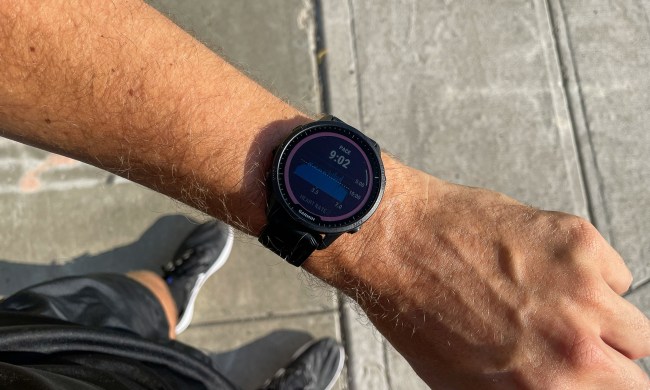The year 2016 is ready to be retired to the record books, but there are other numbers to consider tonight. A billion people will watch worldwide, with a million people expected at the NYC event itself. According to the Times Square Ball Facebook account, more than 32,000 LEDs will light up the ball, which can produce 16 million colors and “billions” of patterns.
Other facts about the ball: The first ball was made of iron and wood and was lowered in 1907, while the current model weighs almost 12,000 pounds and is covered with over 2,600 Waterford crystal triangles.
If you can’t make it to the Big Apple for the festivities, there are a few ways you can still tune in without having to brave the cold. Webcam fans can tune in to the Earthcam site beginning tonight at 10 p.m. ET. The cam will display different street-level vantage points you can check out. Get on the site early though, since everyone else will be hitting the site at the same time.
Since this is a special event, of course there’s an app for that. The official Times Square Ball App has an essential countdown timer, access to the live webcast, Twitter integration so you can let your fellow tweeps know about the #BALL, and info on the event itself.
Other online platforms available so you can check out the biggest party on the planet include the official Times Square Ball Twitter account, and Instagram.


